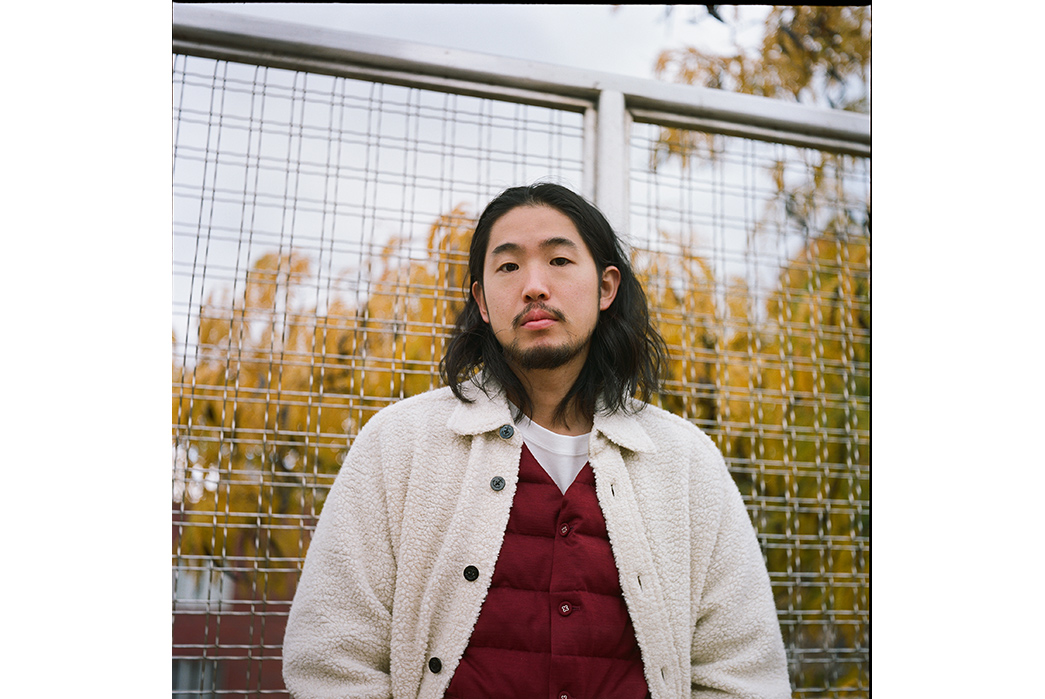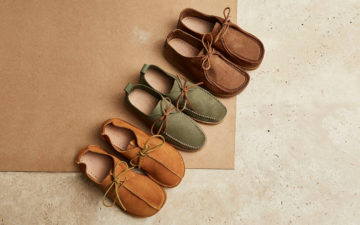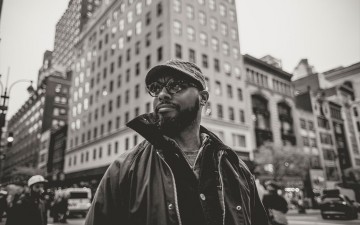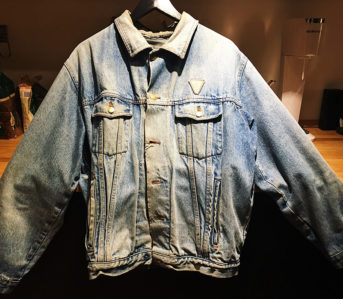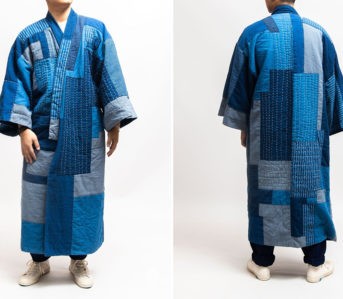Eiichiro Homma has been behind some of the most coveted brands in menswear in recent years. His work at The North Face Purple Label is—and has always been—solely available in Japan. But the elusiveness of Purple Label only adds to it cult status. A veteran of the industry, Homma-san cut his teeth working for large technical outerwear brands and worked his way up the ladder.
With the release of nanamica’s latest season, we shot an editorial including pieces from their FW18 collection and chatted with the eminent designer about his career, inspirations, and what the future looks like for his brands.
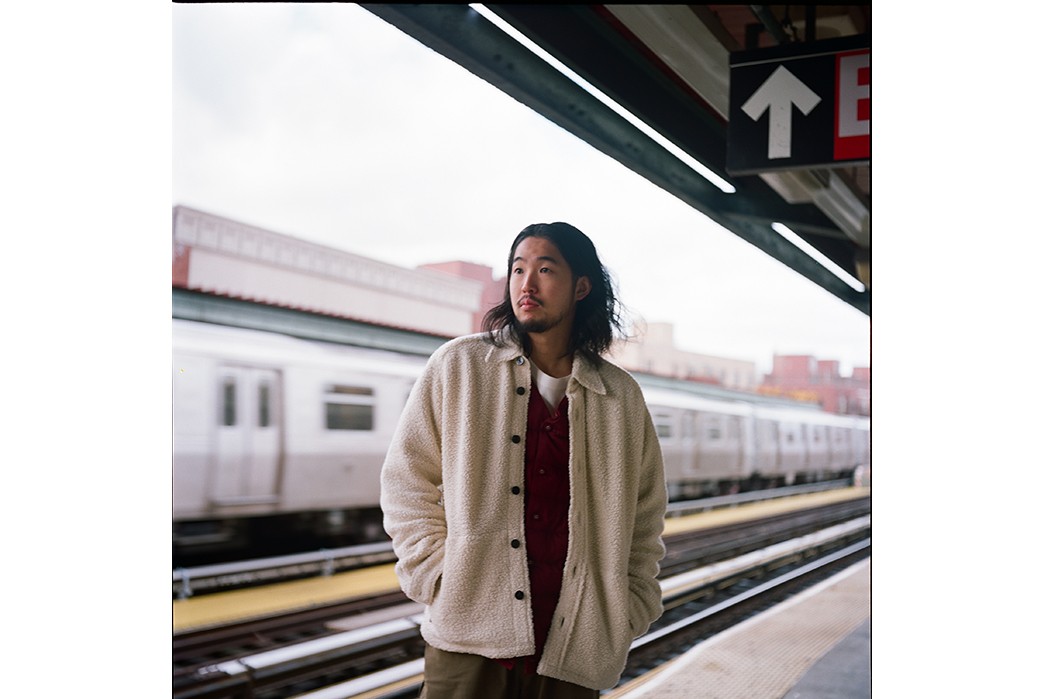
Gerald Ortiz: How did you get into fashion? Did you go to school for it?
Eiichiro Homma: I majored in Sociology and Psychology, but joined Goldwin (the large Japanese sportswear company) shortly after graduating. I spent more than 18 years working on their licensed brands before starting nanamica back in 2003.
GO: What brands did you work on at Goldwin and how did your design style evolve over those 18 years? What’s something you designed at the beginning of your career there and how would you do it differently now?
EH: I was in charge of Helly Hansen. I also took care of some special make-ups for Henri Lloyd and Murphy & Nye, as well. These were all sailing-related brands during the 1980s and 1990s. I still love marine and sailing inspiration and structures of functionality.
GO: What is the DNA of Nanamica? Are there criteria every nanamica garment has to meet for it to be part of the collection?
EH: nanamica should be considered the top of the high-end mix of fashion and function. The key criteria for each of our garments is that if we do not wish to wear them ourselves, we will not make them.
GO: So how do you define functionality? And are there any qualities you think something has to have to be functional? For example, would you ever make a piece of outerwear that wasn’t water resistant or a garment without any pockets?
EH: Since we would aim to produce the best garments for our daily lives, it should be just that: everyday living. We don’t need ultimate functionality all of the time. Personally, I don’t like “too much” and adding something for solely decorative purposes. We have produced non-water-resistant pieces before if we have been able to add alternative value elsewhere. We have no experiences of making outerwear that does not come with pockets.
GO: What does function mean for the casual, everyday person?
EH: Our garments should make people happy and comfortable when they are being worn. As mentioned, they should work easily in, what we call ‘on’ and ‘off’ environments and on a daily basis where needed. Often the wearer will not realize the reason why we chose a certain fabric or position of, say, a pocket until they try on the garment.
GO: I think a lot of guys can take the heritage and workwear mentality so rigidly and fit the essential principles into such a small box, aesthetically speaking. But, your mentality has been to make hardwearing and functional garments for everyday wear—not far from the ethos of a workwear garment. At the same time, you do balance functionality with fashion. How do you do this?
EH: Many of our garments look classic as do the fabrics we use. However, we always add the latest technology to each garment.
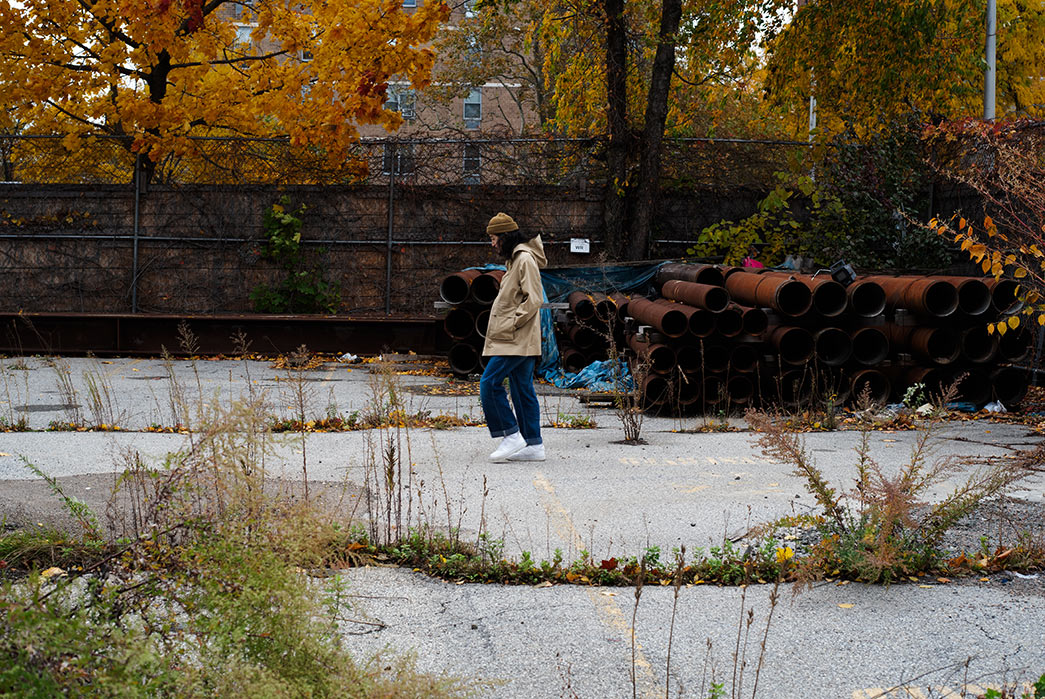
GO: You’ve mentioned before that having a great relationship with The North Face has alotted you access to new technical fabrics before most other brands. Because these fabrics are so new, it seems like you are among the first to ‘research’ and ‘experiment’ with them, so to speak. You even collaborate with these hi-tech fabric producers to make totally new materials. What’s the collaborative process like when you approach a textile producer to make a custom fabric?
EH: We are lucky to have such close relationships. We pride ourselves on these relationships as they allow us to work with partners on producing the most advanced fabrics and deliver these to market ahead of others.
GO: So does every product use synthetic fabrics?
EH: We use 100% cotton fabrics for shirts, pants and jerseys, often with quick-drying capabilities, so people have the choice to go with natural fabrics rather than synthetic fabrics.
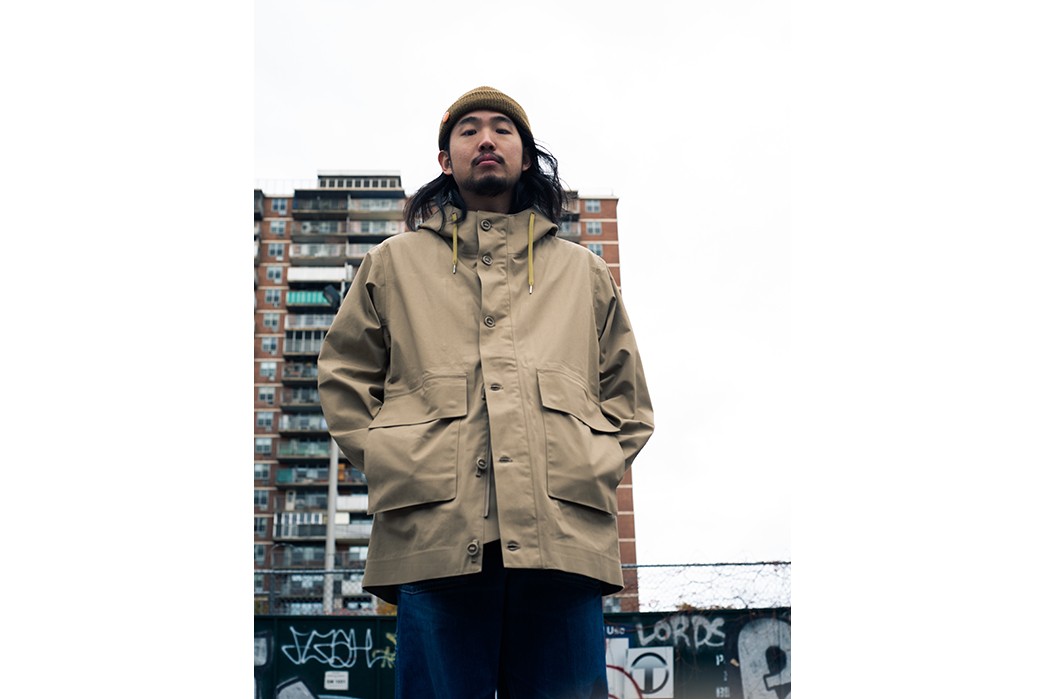
GO: You’ve also mentioned in another interview that, even though technology is supposed to push the next steps, you don’t want to, in your words, “be a race car driving on the street”. How do you balance or tame technology’s fast-paced innovation with a more thoughtful and slow approach?
EH: I get a lot of inspiration on my commute to work and observing other commuters. I can find it in the reality of people’s lives and like to think we deliver a good balance to help them in their daily errands and free time.
GO: What are a few of these observations and how have they found their way into nanamica garments?
EH: It is a little difficult to explain as there are tons of examples and uses of fabrics, details and shapes in the cities like Tokyo.
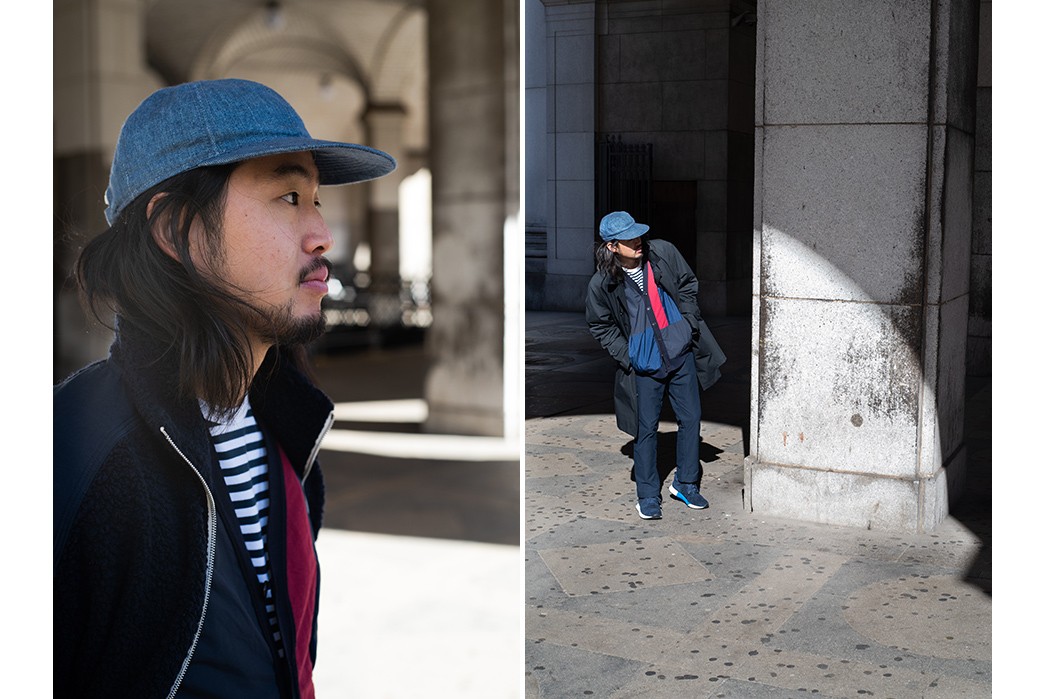
GO: Japan seems like it’s always onto the newest thing, yet you’ve said that Nanamica is a brand that likes ‘basic style’. The brand, to many, reads as so very technical and advanced. Can you elaborate what you mean when you refer to ‘basic style’?
EH: We like to think our gear can be worn by anyone around the world, no matter their age, gender or environment.
GO: So an avant-garde nanamica runway show is probably out of the question?
EH: I haven’t imagined having a runway show.
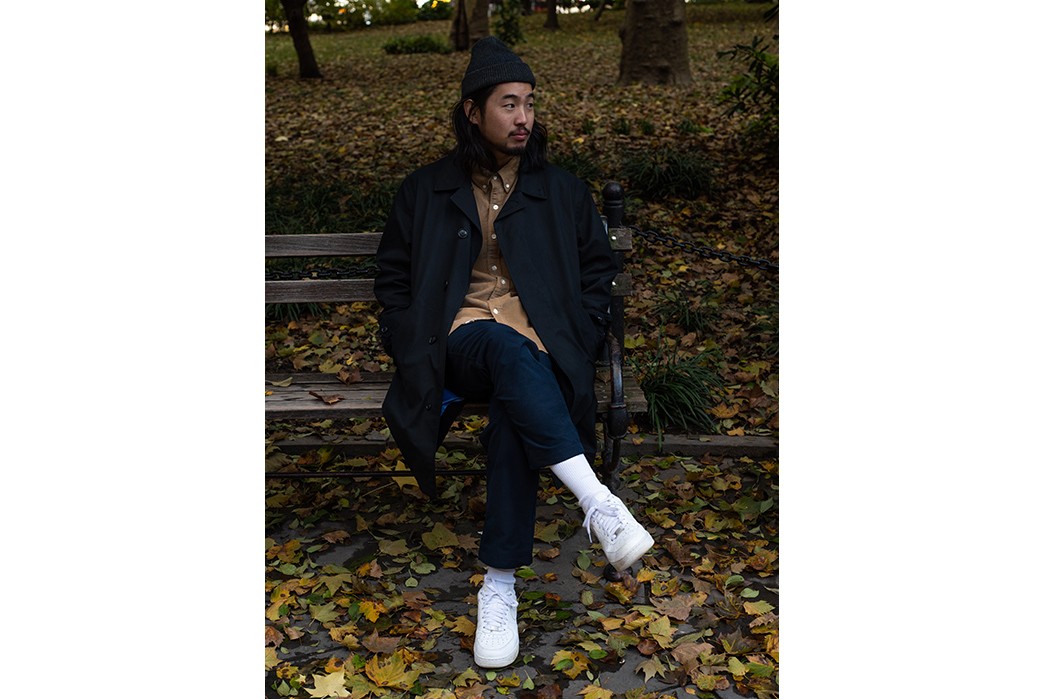
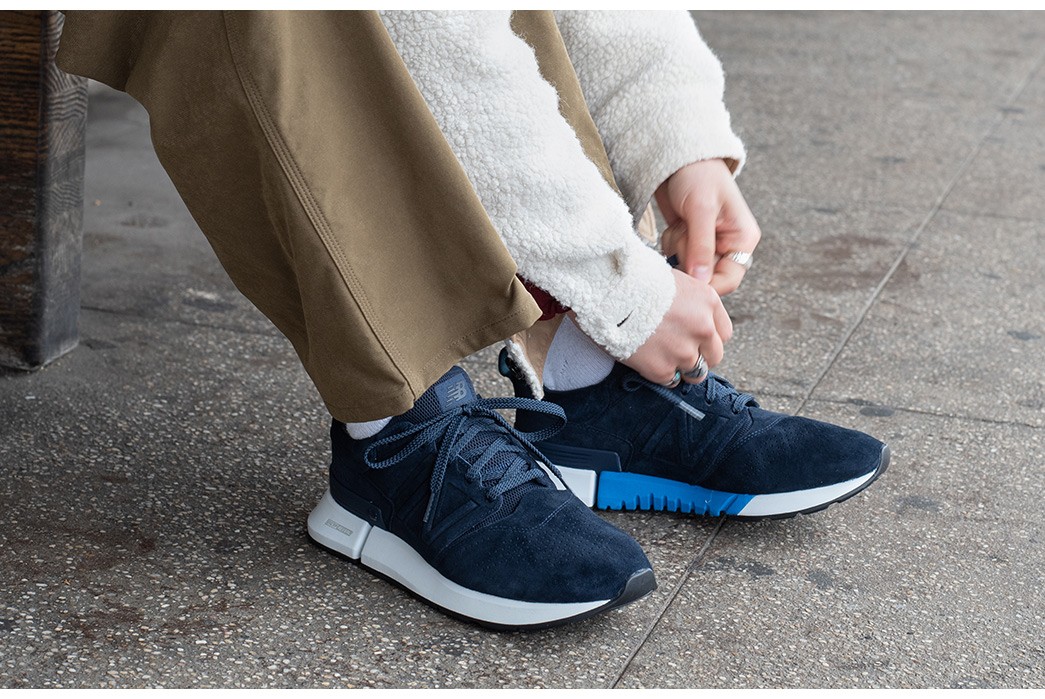
GO: How has nanamica changed since you first started the brand?
EH: Largely speaking, the brand has remained the same since its birth. We have stuck to what we know and do best and only make very minor adjustments according to shifts and tastes here and there.
GO: What’s the next step for the brand?
EH: Next up is a series of exciting collaborations. These are in the works and will be launching soon. Next year will see our first overseas retail store opening for business. We will be sharing more news very soon.
GO: Can we expect Purple Label to come to The States?
EH: For now, The North Face Purple Label will remain for the domestic market here in Japan ,but things can change.
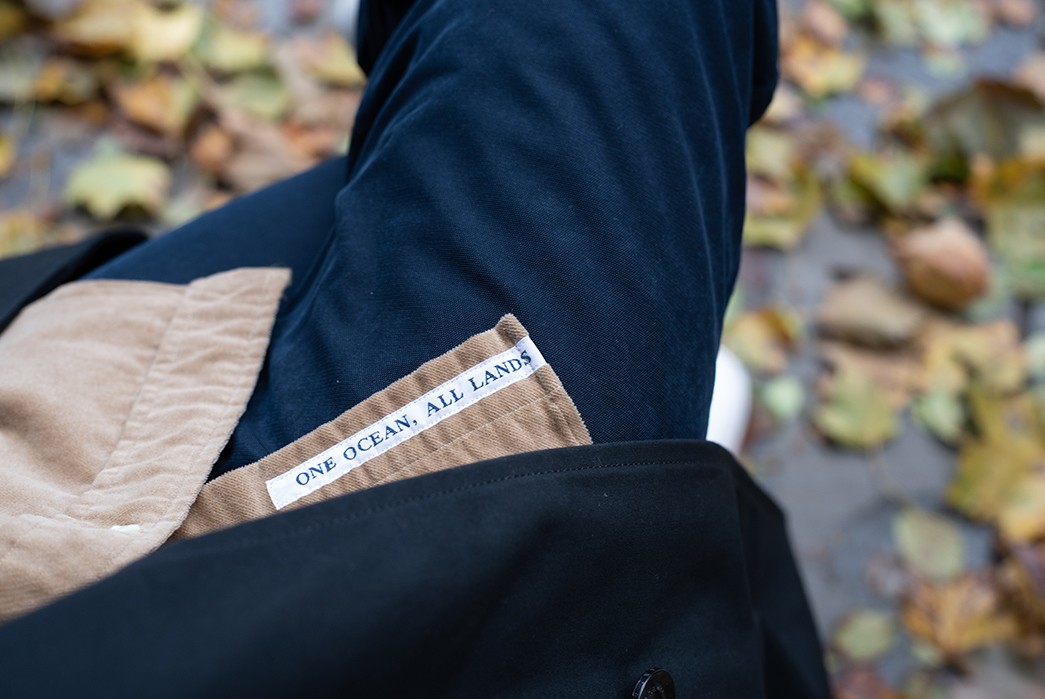
Model: Tomo Adachi
Photography: David Gurzhiev
Styling: Gerald Ortiz
